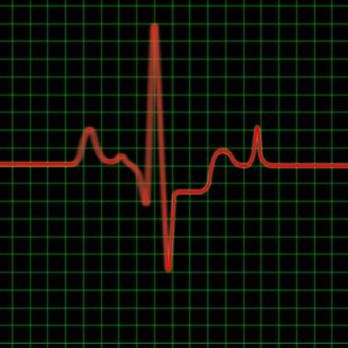UMass Doctor: Health Hazards for Holiday Flyers
Saturday, November 17, 2012

While the risk of DVT and PE as a consequence of commercial flight is quite low, the risk does increase as the duration of the flight increases. DVT and PE occur most commonly on long flights such as transcontinental, transatlantic, and transpacific. There are ways to reduce the risk in-flight. In this interview with Dr. Messina, he shares information about the dangers of DVT and PE, and important tips on how to prevent a clot.
GoLocal: What is a DVT/PE?
Deep vein thrombosis (DVT) occurs when a blood clot forms in a large vein. Typically, a DVT causes leg swelling and pain. Long-term, about 1/3 of patients who experience a DVT will develop "chronic venous insufficiency".
Chronic venous insufficiency occurs as a consequence to damage to the delicate valves within veins caused by DVT. This condition can lead to chronic leg swelling, skin discoloration, and thickening. Another major complication of acute DVT is pulmonary embolism, whereby a portion or all of the blood clot breaks off and lodges in the veins of the lung that prevents oxygen from entering the blood stream.
GoLocal: Who is at risk for a blood clot?
According to Centers for Disease Control and Prevention, anywhere between 300,000 to 600,000 Americans are affected DVT/PE each year and 60,000 to 100,000 people die as a result. Many of those who have a DVT/PE also have complications that can greatly impact their quality of life.
The factors that increase the risk of DVT or PE during air travel are prolonged immobility, women who uses oral contraceptives, and obesity. When you don't use your calf muscles for long periods of time, such as on long trips in the car or plane, the movement of blood is more sluggish. Slow-moving blood is more likely to clot. About 15 percent of people who develop DVT do so in part due to a genetic predisposition.
The most common such mutation is called the Factor V Leiden mutation and this presence of this mutation can also increase the risk of DVT/PE during air travel.
GoLocal: What are blood clot symptoms?
It's common for blood clot symptoms to go unrecognized. The classic signs, however, include a swollen and tender calf or leg. Unfortunately, these classic signs are present less than 50 percent of the time in DVT.
Other possible symptoms include:
* Red areas on the leg
* Swelling in one area or on one leg
* Pain or tenderness in one leg
* Temperature differences between the two legs (a leg with a clot may be warmer to the touch)
GoLocal: How are clots treated?
Treatment for blood clots usually involves anti-coagulants that keep the clot from worsening until the body has a chance to dissolve it. A filter is another option for people who have a history of bleeding in the stomach, bowel, or brain and are not able to safely take the blood thinners that are a standard of care for dangerous blood clots. For this procedure, physicians insert a spider shaped filter to catch the clots if they break loose. It's placed inside the big vein in the abdomen that returns blood to the heart, called the inferior vena cava. The procedure for inserting and removing clots is relatively simple and can often be performed without general anesthesia.
GoLocal: Any tips for avoiding a clot?
One primary way to avoid DVT is to avoid prolonged periods of sitting or standing. For example, the next time you take a long flight or are in a situation where you sit for long periods of time, contract your calf muscles periodically or get up and walk for short periods. Here are some additional tips for preventing a clot:
* Pump your calf muscles by pushing your heels into the floor and then lifting up on your toes
* If you have room, stretch your legs straight out in front of you and flex and rotate your ankles
* Ask your doctor about the appropriate compression socks
* Make sure to stay well hydrated
* If at all possible, get up and walk around every half hour
You can find more information about DVT/PE on the UMass Memorial website and the Center for Disease Control and Prevention website.
Related Articles
- Paul Levy: Listening In On the Doctors
- What you need to know about blood clots
- Central MA Doctors Paid Millions By Pharmaceutical Companies
- Doctors And Drug Companies: The Other Side Of The Story
- Local Doctor Pioneers Obsessive-Compulsive Disorder Approach
- Local Doctor Weighs in on Alarming Whooping Cough Numbers
- NEW: UMass Memorial Doctor Fills in as Worcester’s Health Commissioner
- Paul Levy: How to Improve the Experience with Your Doctor




Follow us on Pinterest Google + Facebook Twitter See It Read It